Revolutionized Cooling Science
The Krazy Kool Technology™ System, with freezing temperatures of at least -18°C (0°F), stays frozen for 10 hours in outdoor 30°C (86°F) heat, and delivers 4 hours continuous ice cold cooling therapy at a time. With reusable, replaceable cold cores, it gives 24-7 continuous cold therapy in extreme heat. Its incredible cold therapy performance is achieved through breakthroughs in cooling science and innovative materials.
How Does it Achieve This?
- Advanced Cold Technology. Super cold refrigerant, phase change material, cooling gel, and reflective thermal outer layer, engineered to deliver the all-day lasting cold performance available.
- Cutting Edge-Technology: Ambient and radiant cold therapy technology; UV heat block technology; Hyper-evaporative cooling technology.
- Innovative Materials: Hyper-evaporative, heat-resistant, wearable, comfortable, and hyper-allergenic. Rapid moisture-wicking and dry-cooling. Reduces solar radiation by over 70% when used with heat reflective material. (Textile Research Journal, 2022).
What Makes It So Effective?
It cools the body from within. By cooling major vascular regions, the arteries and veins near the neck, underarms and thighs that carry high volumes of blood, the cooled blood and fluids naturally cool the entire body from within. Scientifically backed and proven. it Is more effective than hydration and shade, reducing core temperature more than 2X faster than general cooling with wet towels or ice packs. Lowers risk of dehydration. Cooler internal temperatures, reduces thermal stress and sweat rate, maintaining fluid and electrolyte balance.
Backed by Thermoregulation Science
1. Targets Core Cooling Zones - Journal of Applied Physiology, (2020): "Because arteries and veins close to the skin carry high volumes of blood to the heart." and from Extreme Physiology & Medicine (2022) Core Zone cooling for thermoregulation - "Targeted cold therapy reduces core body temperature more efficiently than standard cooling. Especially effective when applied to the neck and thighs."
2. Reduces Strain on the Cardiovascular System from thermal stress by lowering internal core temperatures from within. Journal of Applied Physiology (2013): “Localized cooling of major vascular regions improves systemic temperature regulation during high heat stress.”
3. Cold Therapy is the most effective way to rapidly reduce core temperature, far more effective than hydration or rest in shade. shade. The Gold Standard for Exertional Heat Stroke Treatment, Casa, D. J., et al. (2007).
4. Boosting Cooling in Target Zones is the Fastest Way to Cool. A 2022 study in Extreme Physiology & Medicine found that cooling the neck and thighs reduced core temperature 2.1x faster than general whole body skin cooling using wet towels or ice packs alone.
5. Reducing core temperatures lowers risks of dehydration - reduces sweat rate, fluid and electrolyte loss. Cheuvront, S. N., & Kenefick, R. W. (2014). "Dehydration: physiology, assessment, and performance effects.
6. Improves physical and mental performance. Scandinavian Journal of Medicine & Science in Sports (2020): Athletes using core zone cooling systems had 25% better thermal comfort and 19% more endurance in high-heat conditions.
7. Mirrors U.S. Army cooling methods: used in desert conditions. (Armstrong et al., Military Medicine, 2007).

A reusable system that delivers the best continuous portable cooling therapy all day in the most extreme heat conditions. Quantities are limited but preorders are available.
References
-
Bouchama, A., & Knochel, J. P. (2002). Heat stroke. New England Journal of Medicine, 346(25), 1978-1988.
-
Gonzalez, R. R., et al. (2011). Effectiveness of cooling strategy targeting neck and torso. J Appl Physiol, 110(3), 606–615.
-
Gao, C. et al. (2017). Cognitive performance under heat stress. Temperature, 4(2), 145–162.
-
Yamauchi, T., et al. (2020). Core body cooling for heatstroke prevention. J Physiol Sci.
-
Armstrong, L. E., et al. (2007). Heat acclimatization strategies. Military Medicine, 172(3), 245–252.
-
Extreme Physiology & Medicine (2022). Core zone cooling for thermoregulation.
-
Scandinavian Journal of Medicine & Science in Sports (2020).
- Textile Research Journal (2022). Radiant heat resistance of reflective materials.
- Casa, D. J., et al. (2015). National Athletic Trainers' Association position statement: exertional heat illnesses. Journal of Athletic Training, 50(9), 986–1000.
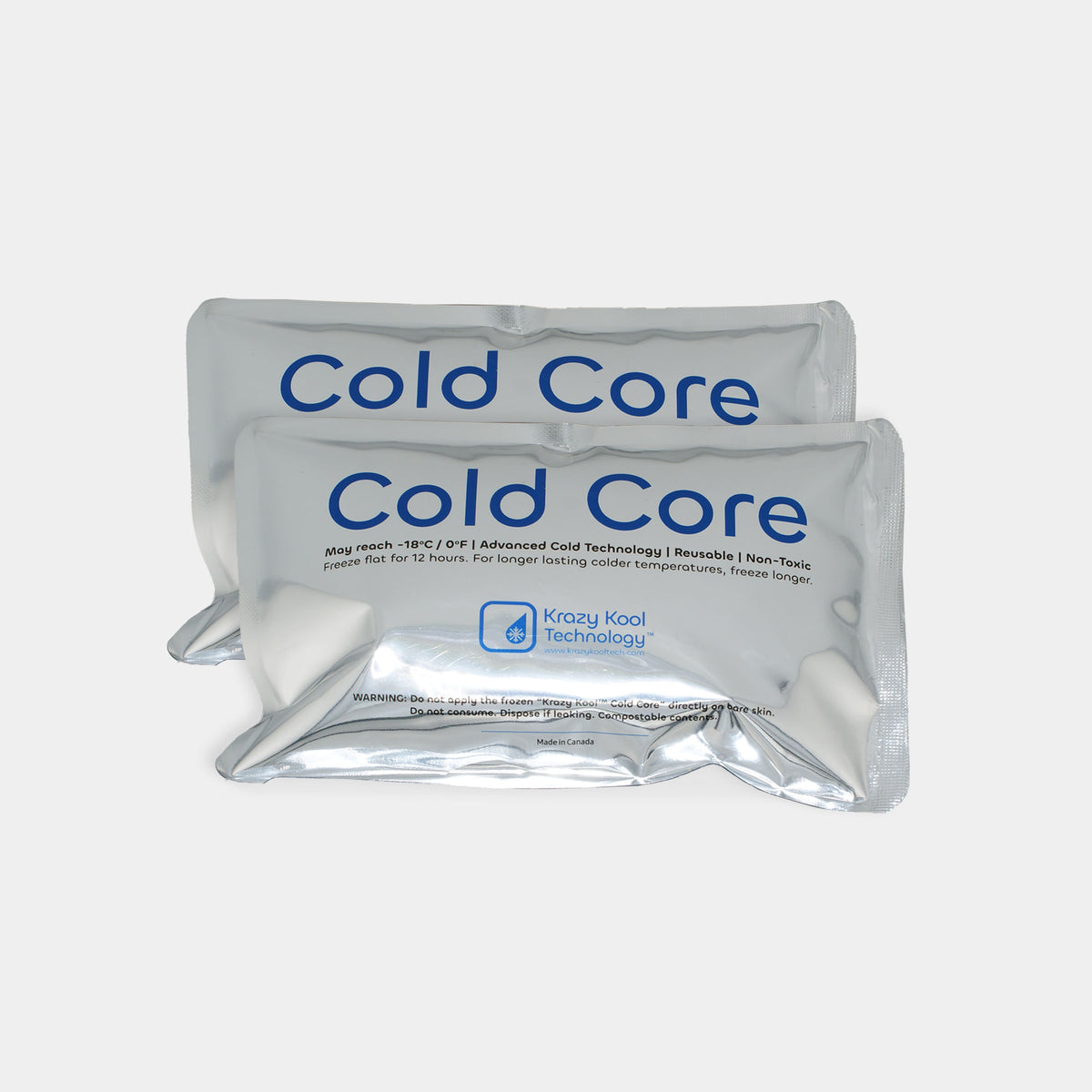
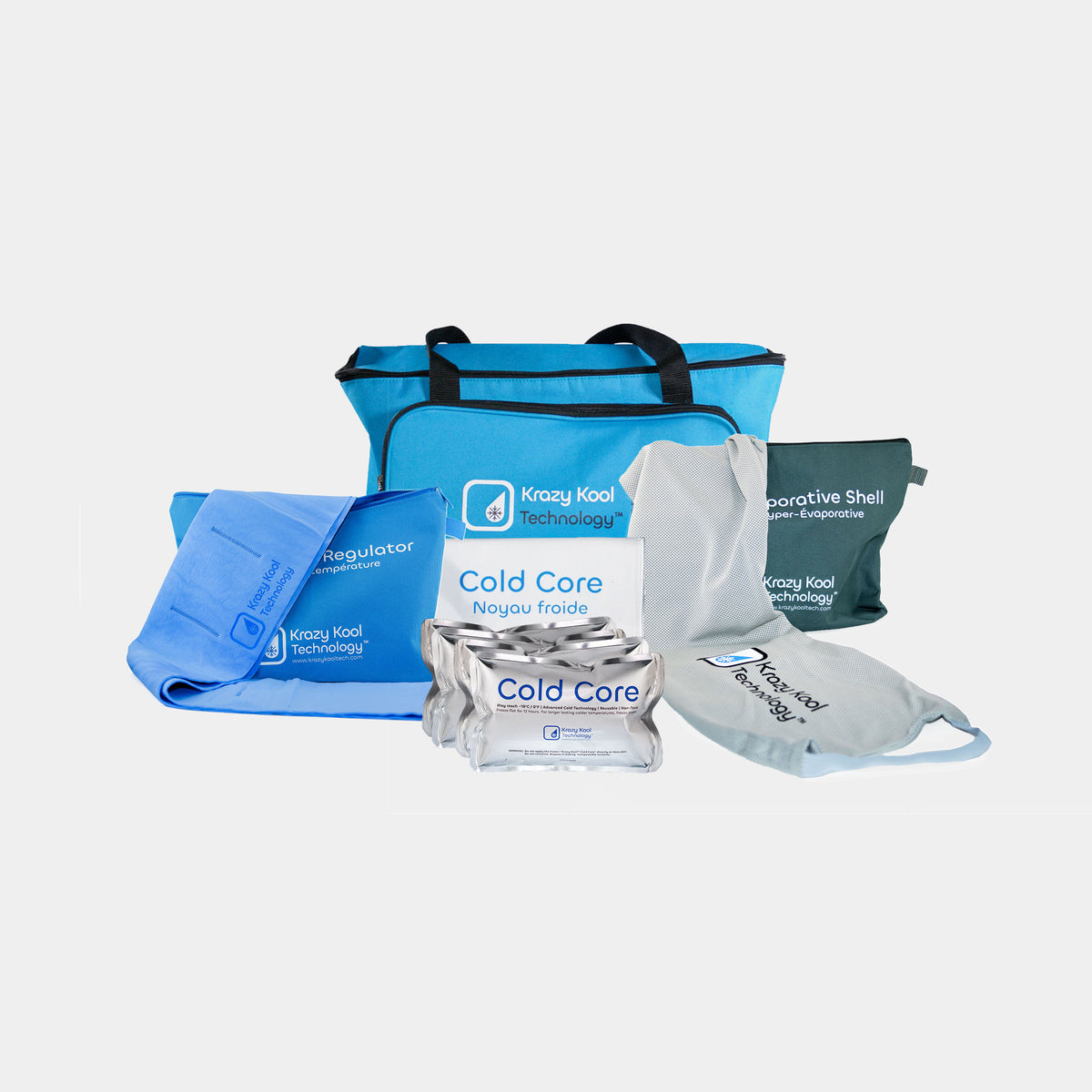
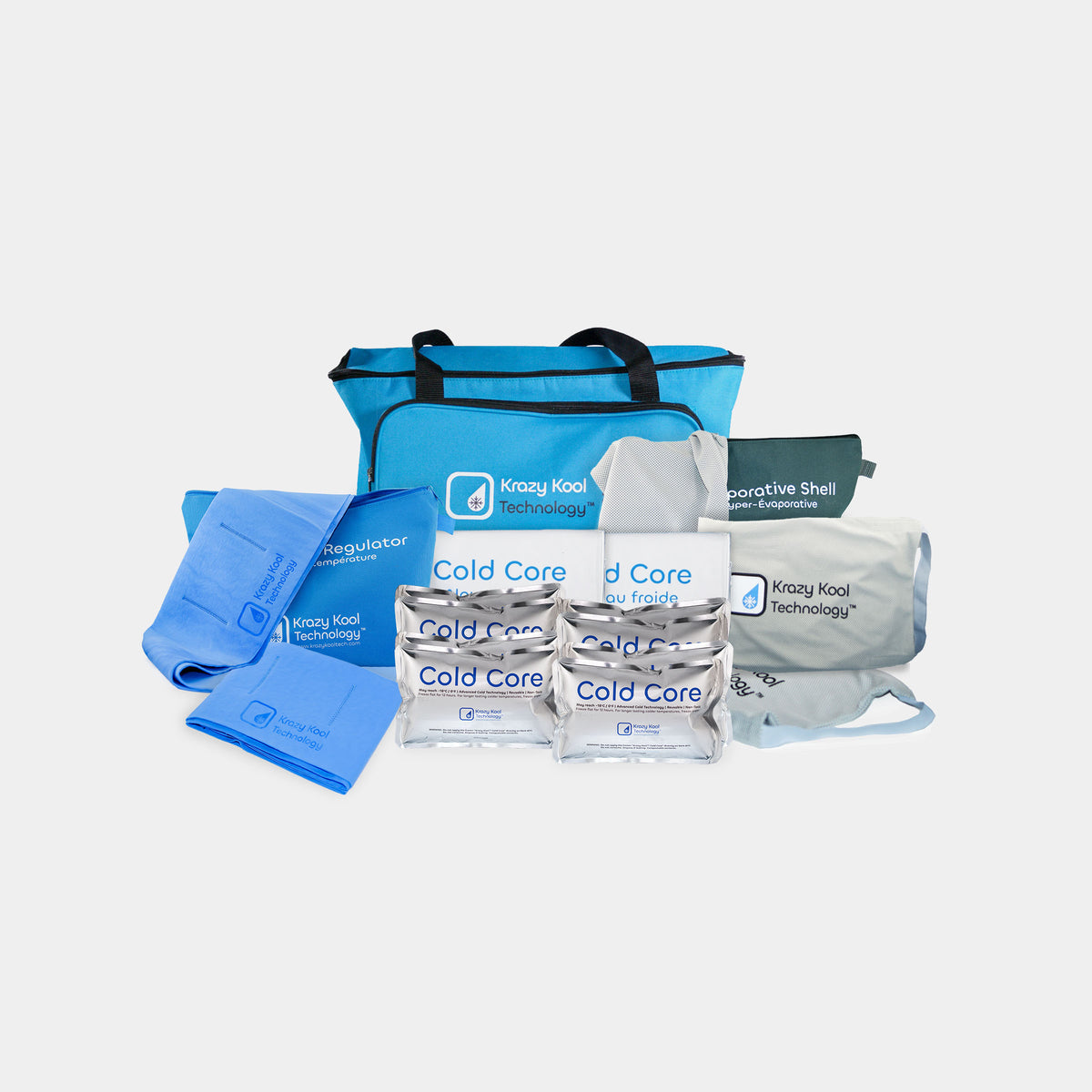
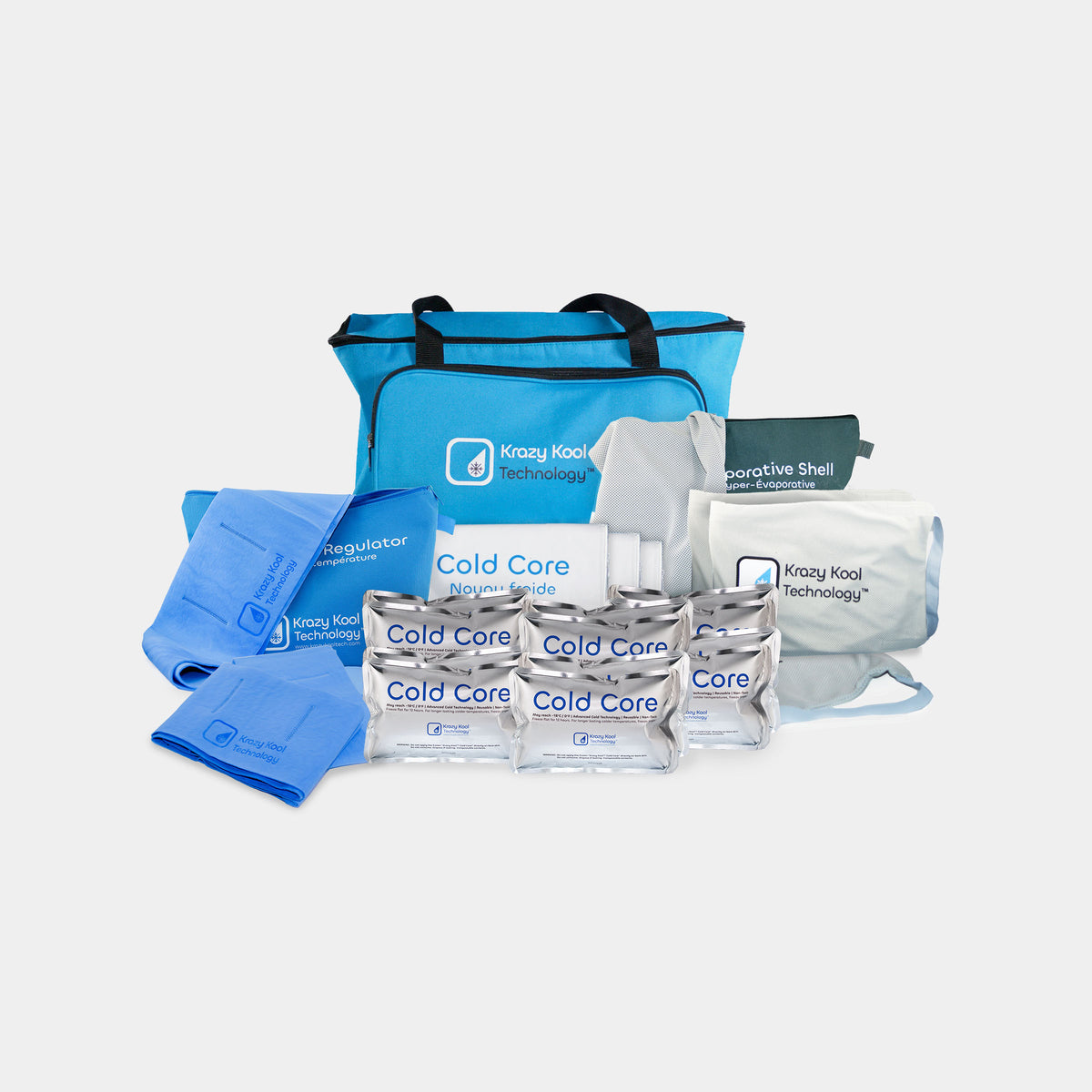

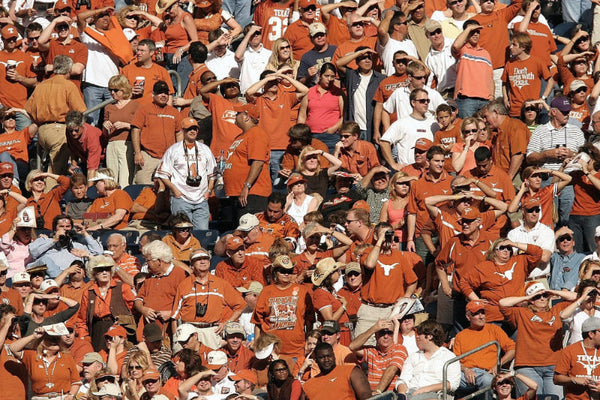
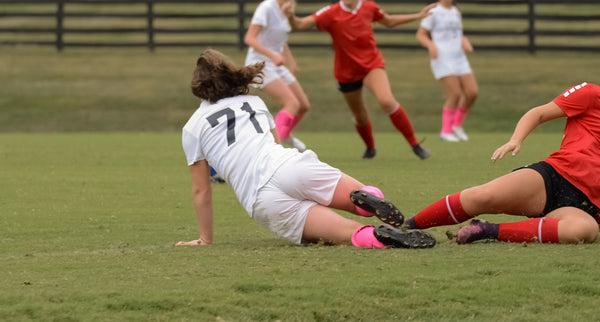

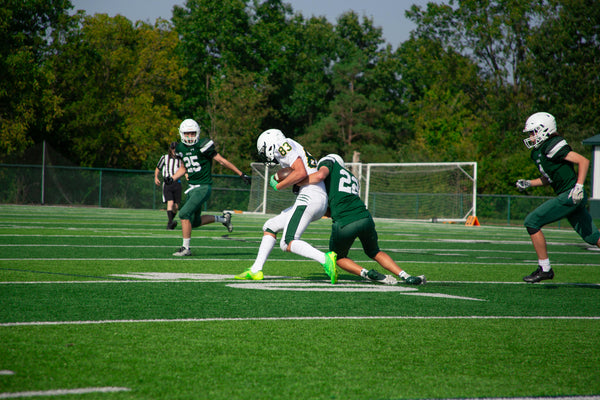

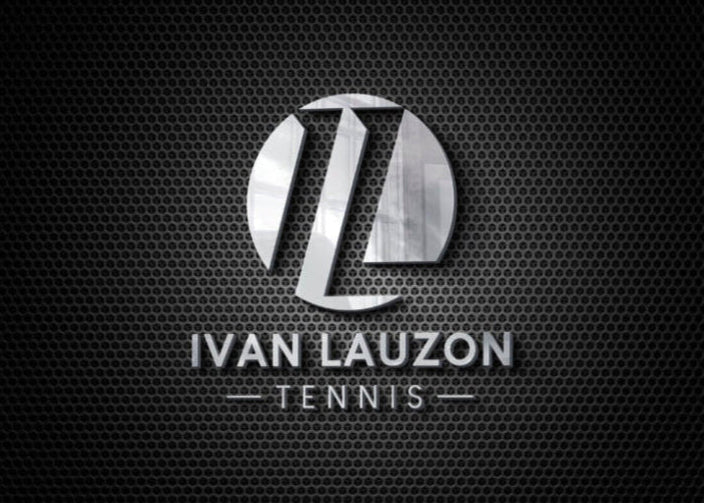

0 comments